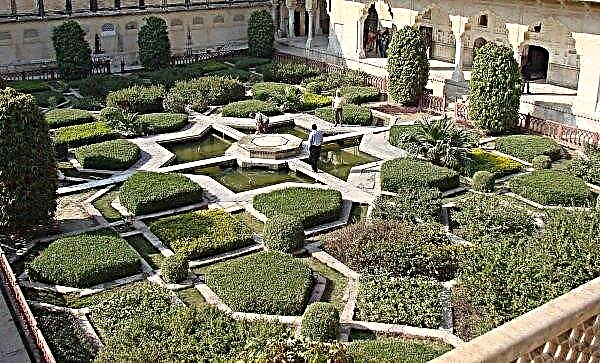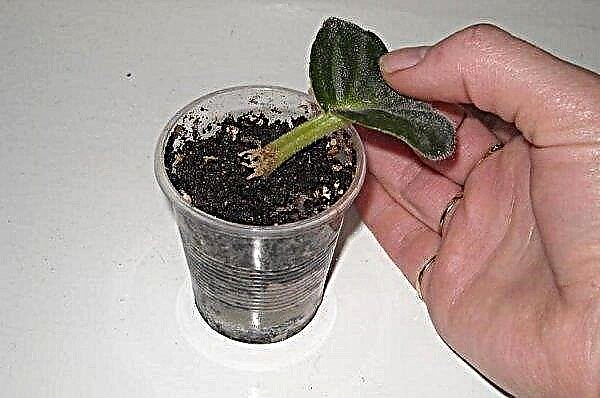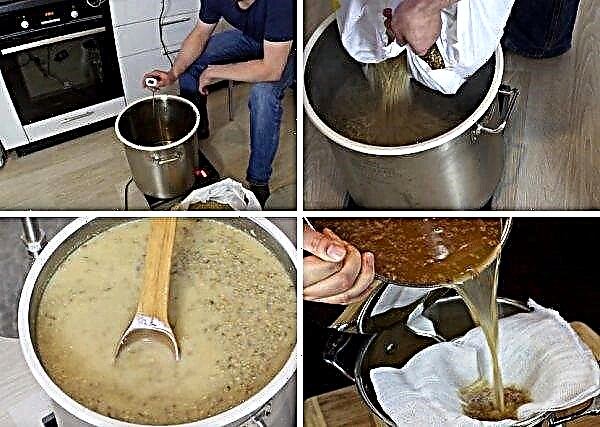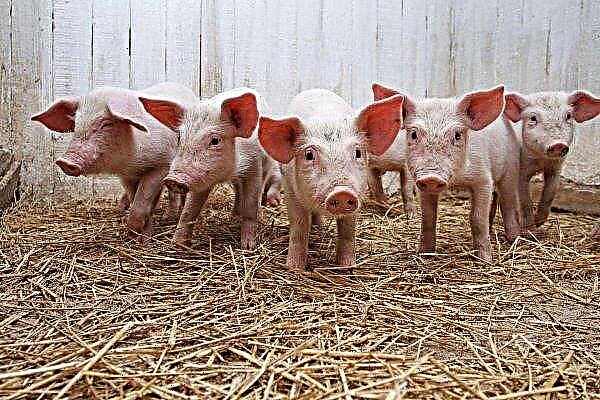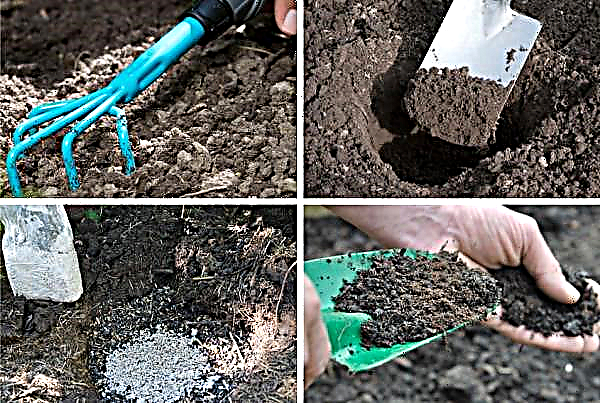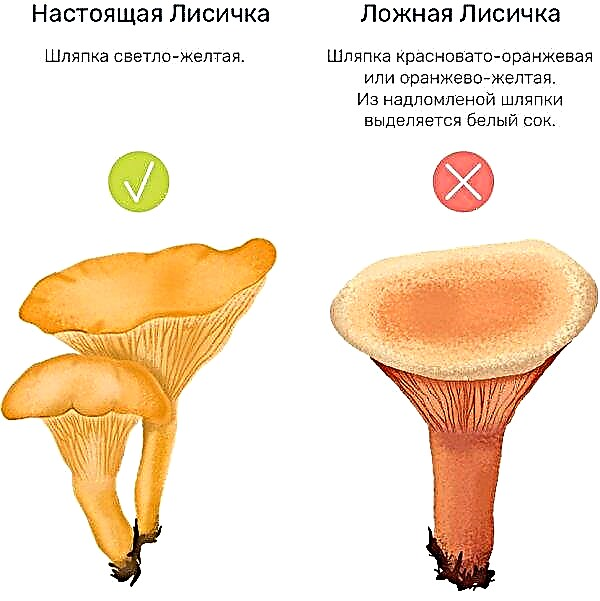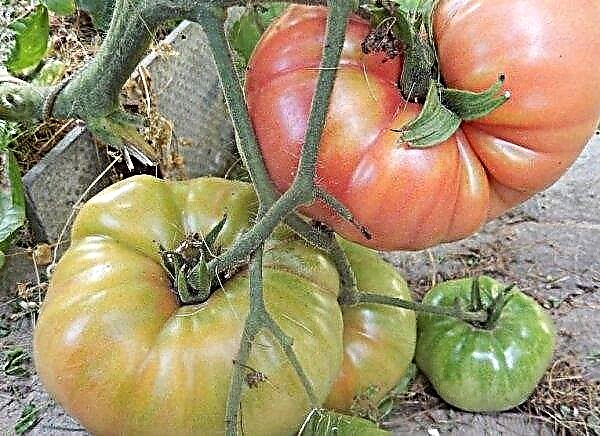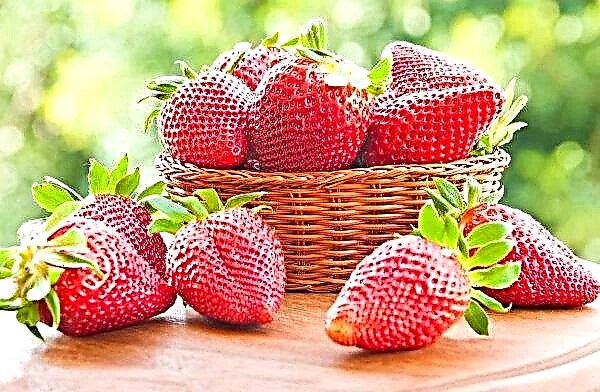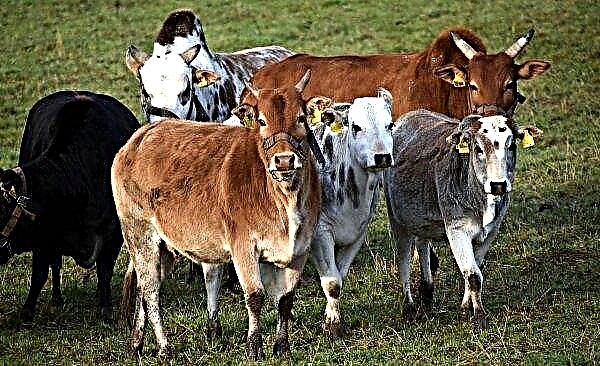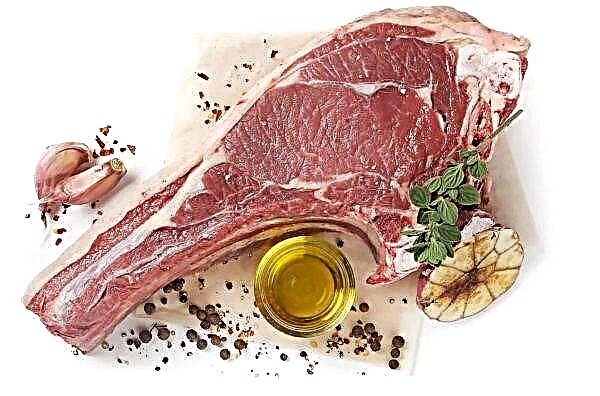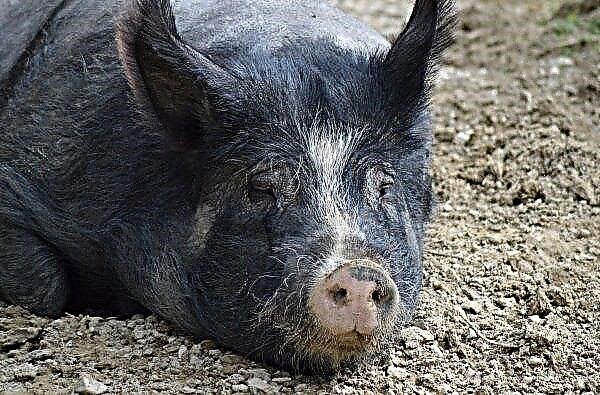When landscaping your own land, special attention should be paid to the composition and quality of its soil.
Soil - an entire ecosystem, filled with a huge number of microorganisms that perform vital functions. Its fertility depends on the chemical composition and physical properties of the upper layer, which was formed under the influence of certain factors: terrain, moisture, heat, vegetation, climate.
Soil types

The main components of the soil are:
- humus,
- sand,
- clay.

Depending on the content of sand or clay, they are divided into:
- heavy
- lungs.
The lightest soils are sandy, then sandy soils (they have more humus and a bit of clay). Loam has the highest clay content. They are the hardest.
The upper fertile soil layer forms very slowly - from 0.5 to 2 cm per 100 years.
A lot depends on the composition of the soil:
- subsoil water level,
- the content of nutrients in it,
- reclamation complexity,
- the variety of plants that will grow on this site.

The exact soil composition of your site will be determined only in the agrochemical laboratory. At home, you can examine the composition of the soil as follows: roll a thin strip from moistened soil.
If:
- It turns out to turn it into a ring, and while it does not crack, it is clay soil.
- Cracks appear during folding - medium loam.
- It crumbles completely, then in front of you is sandy.
Sandy ground

Sandy soil is the most common soil on the site. It warms up quickly, which allows you to grow vegetables of early varieties. However, it passes air well, but dries quickly, contains few nutrients. To improve sandy soils, compost, peat or mowed grass should be applied during processing.
It is useful to introduce mineral substances into the sandy soil, turf soil, which will allow such soil to retain moisture better.
Clay soil

Clay soil is least suitable for growing crops. Oxygen and moisture penetrate poorly into such soil; therefore, plant roots do not receive nutrition and die off. To improve it, add sand, peat, crushed brick, bark, manure.
Loam and sandy loam soils

Loams and loamy soils are the most fertile, well-structured, and considered the easiest to process. The roots of plants in such soil breathe easily and freely.
Acidity
An important indicator of any type of soil is also acidity, on the level of which soil fertility and yield depend.

Acidity is the percentage of hydrogen ions in the soil, which is determined by units of PH. Depending on this, the soil is alkaline or acidic.
Earthworms can significantly affect soil acidity. 500,000 individuals process about 250 kg of soil per day.
Litmus paper, which is dipped in water with the addition of earth, will help in determining the acidity of the soil.
If:
- She blushed - the soil is acidic.
- It became pink - medium acid.
- Yellowed - slightly acidic.
- The neutral will turn green.
Each plant prefers a specific soil acidity. Most like slightly acidic, neutral (garlic, beets, cabbage, onions), but there are those who like sour (sorrel, dill, blueberries, rhododendron).

In order to reduce the acidity of the soil, it is necessary to lime. This must be done evenly and in a certain dosage so that the plants do not get burns.
In order to reduce acidity, it is also recommended to sow after harvest the green manure (mustard, barley, oats, fatseliya, triticale, rye). Carry out proper soil care and get the maximum benefit for everyone.

